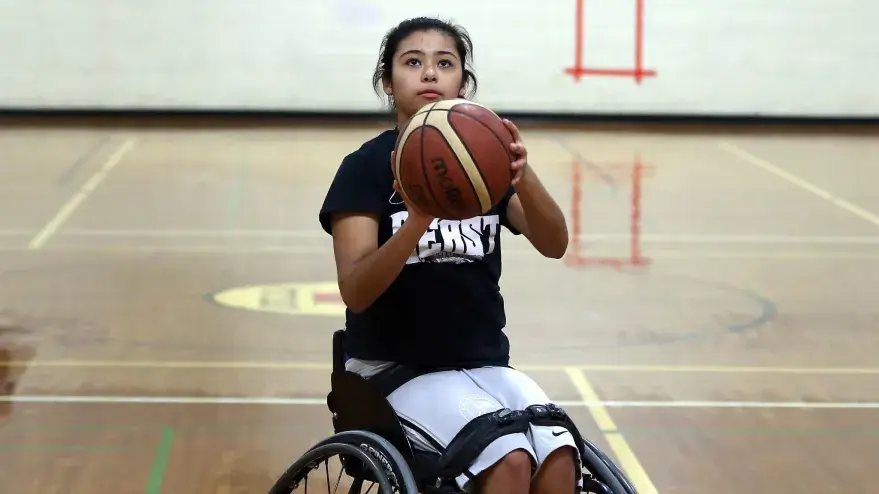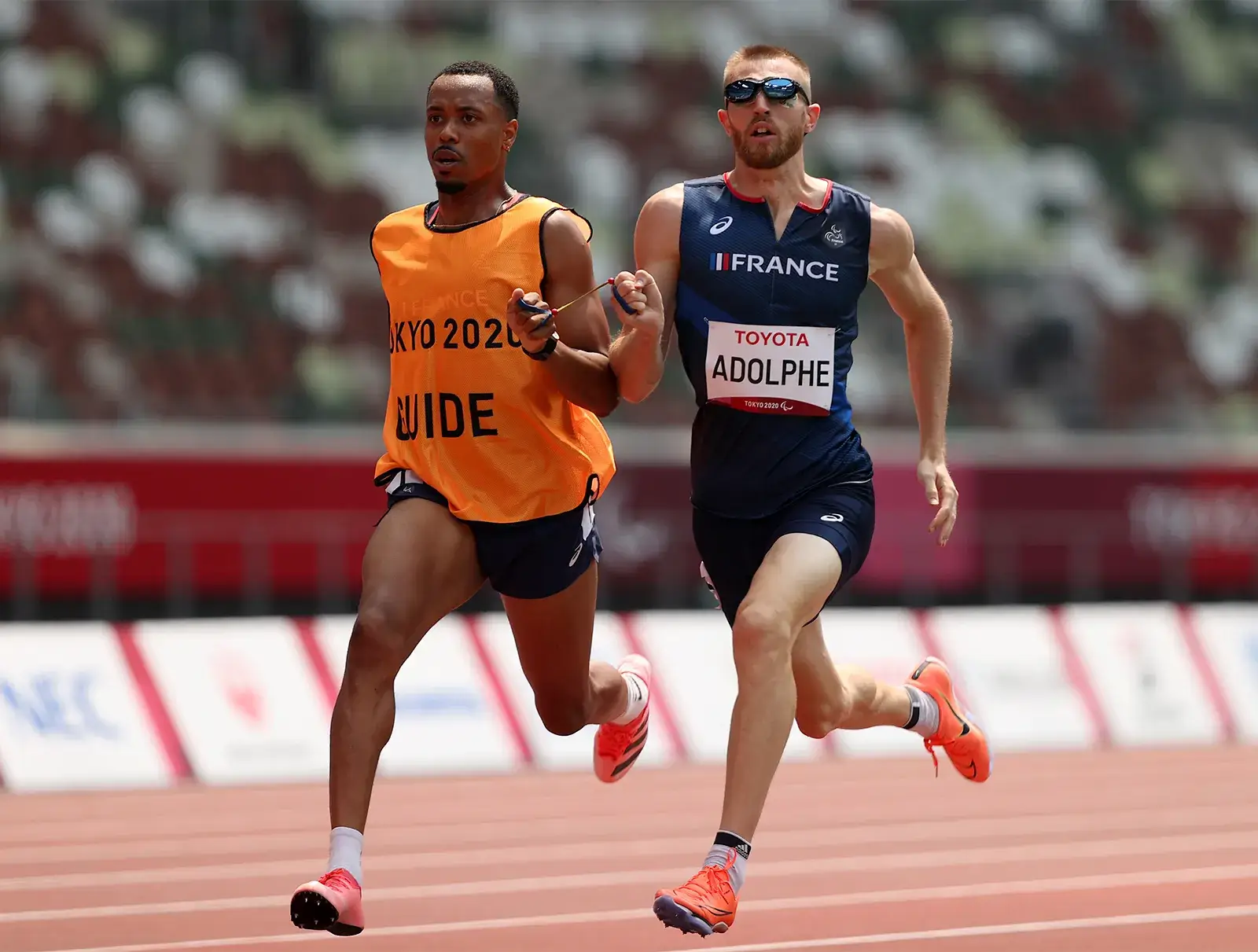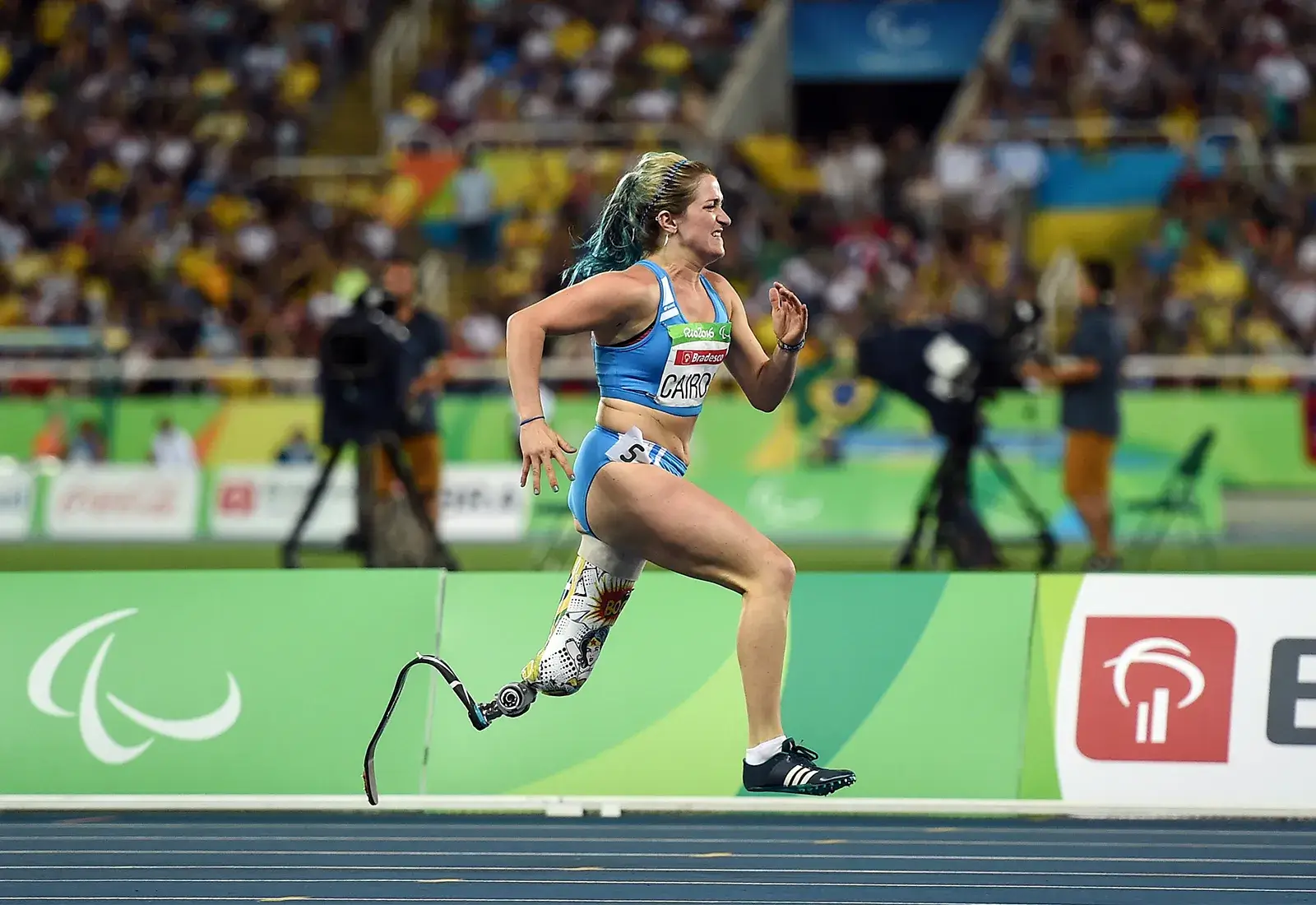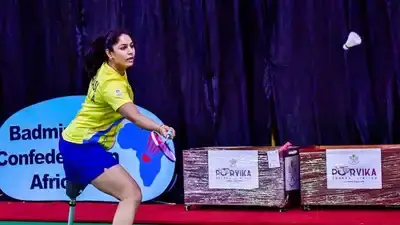Multi-sport para events, such as the Paralympic Games and Parapan American Games, are competitions where athletes with disabilities compete in various sports. These events have grown in popularity and participation, thie evolution plays a key role in developing athlete pipelines. Athlete pipelines are the pathways that help athletes progress from local levels to international stages. This article explores how these events have boosted these pipelines, offering opportunities for growth and recognition.
Impact on Athlete Pipelines

Research suggests that multi-sport para events boost athlete pipelines by providing platforms for competition and exposure. For example, the Paralympic Games, which started in 1960, now include over 4,000 athletes from 170 countries, reaching billions of viewers. This visibility encourages more athletes to join, expanding the talent pool with sponsorship deals on increase.
Events like the World Junior Championships, held biennially since 2017, help identify young talent early, offering a clear pathway to higher levels.
Benefits for Athletes
Participating in these events offers benefits like skill diversification, networking with coaches, and boosted confidence. Competing in multiple sports enhances versatility, while events bring together peers and mentors, aiding career growth. The psychological boost from high-level competition helps athletes overcome barriers, motivating them to continue.
Overcoming Challenges
Multi-sport para events address challenges like accessibility and funding. They promote inclusive practices, setting standards for wider adoption, and attract sponsors, channeling support into athlete development. Changing societal attitudes, reducing stigma, also encourages more participation, strengthening pipelines.
Future Outlook
The future looks promising, with growing participation and initiatives like the USOPC’s Paralympic Sport Development program supporting talent identification. Integrating para sports into mainstream events, like wheelchair racing in the World Marathon Majors, offers more opportunities, ensuring robust pipelines.
Detailed Analysis of Multi-Sport Para Events and Athlete Pipelines
This section provides a comprehensive examination of how multi-sport para events have boosted athlete pipelines, drawing on extensive research and insights. The analysis aims to mimic professional articles, offering a detailed, structured overview for readers seeking in-depth understanding.
Background and Context
Multi-sport para events are organized competitions featuring athletes with disabilities across various sports, such as athletics, swimming, and wheelchair rugby. The most notable is the Paralympic Games, which began in 1960 in Rome, Italy, and has grown to include over 4,000 athletes from 170 countries by the 2016 Rio Games, competing in 22 sports.
Athlete pipelines refer to the structured pathways that facilitate athletes’ progression from grassroots levels to elite international competitions. For para athletes, these pipelines are critical due to unique challenges, such as limited access to specialized coaching, funding for adaptive equipment, and accessible training facilities. Multi-sport para events play a pivotal role in addressing these issues, enhancing development opportunities.
Historical Development and Growth
The evolution of multi-sport para events mirrors broader societal shifts towards inclusion. The Paralympic Games, originating from the Stoke Mandeville Games in 1948, have become a global platform, with viewership reaching over 4.25 billion for the Tokyo 2020 Games despite pandemic challenges, as we have seen remarkable success in 2024 event.
This growth is supported by organizations like the Challenged Athletes Foundation and the United States Olympic & Paralympic Committee (USOPC), which focus on enabling athletes to reach international stages . The increasing scale of these events reflects a global commitment to inclusive sports, driving athlete development.
Impact on Athlete Pipelines

Research suggests multi-sport para events significantly boost athlete pipelines through several mechanisms:
- Talent Identification and Nurturing: Events like the World Junior Championships, first held in 2017 in Nottwil, Switzerland, and now biennial, provide early opportunities for young athletes to be identified and supported. The Grand Prix season, annual since 2013, and inclusion of RaceRunning from 2018, further expand participation, especially for athletes with high support needs, enhancing pipeline depth.
- Increased Visibility and Recognition: The global broadcast of events like the Paralympic Games reaches billions, raising awareness and interest. For instance, the 2016 Rio Paralympics drew over 4.1 billion viewers across 150 countries, inspiring more individuals with disabilities to take up sports. This visibility also attracts sponsors and funding, crucial for pipeline sustainability.
- Infrastructure Improvements: Hosting multi-sport events often leads to lasting benefits, such as improved accessibility. A 2010 study by the University of British Columbia showed that 41-50% of Canadian respondents believed the 2010 Vancouver Paralympics triggered additional accessibility in buildings and public spaces, benefiting athletes year-round. This infrastructure supports training and competition access, strengthening pipelines.
- Inspiration and Motivation: Success stories from these events motivate communities. The United Nations recognizes the Paralympic Games as promoting human rights and development, inspiring global communities to aim higher. This inspiration expands the base of potential athletes, feeding into pipelines.
Benefits for Athletes
Participating in multi-sport para events offers tangible benefits, enhancing athlete development:
- Skill Diversification: Competing in multiple sports, such as athletics and swimming, enhances overall athleticism. This versatility is particularly valuable in para sports, where cross-training can improve performance across disciplines, supporting career longevity and gender equality.
- Networking and Mentorship: These events bring together athletes, coaches, and officials globally, creating networking opportunities. For example, camps and tournaments during the Paralympic cycle allow squad bonding, essential for psychological support and career guidance
- Psychological Benefits: Competing at high levels boosts confidence and resilience. The experience of overcoming competition stress, as noted in studies on Paralympic athletes, enhances motivation, helping athletes navigate personal and societal barriers.
Overcoming Barriers

Multi-sport para events address key challenges in athlete pipelines:
- Accessibility: By hosting events in accessible venues, these competitions set standards for inclusion. The transformational impact, as seen in Beijing 2008, changed laws and built facilities, facilitating broader access.
- Funding and Support: The prestige of events attracts sponsors and government funding. For instance, the USOPC’s Paralympic Sport Development program, based in Colorado Springs, supports nationwide athlete identification, channeling resources into pipelines.
- Changing Attitudes: These events challenge stigma, promoting social inclusion. The London 2012 Paralympics, with Channel 4’s coverage featuring presenters with impairments, shifted public perceptions, encouraging more participation so that Indian medal tally may increase.
Future Outlook and Trends
The future of multi-sport para events is promising, with continued growth in participation and interest. The USOPC’s efforts, alongside global trends like integrating para sports into mainstream events (e.g., wheelchair racers in the World Marathon Majors since 2016), suggest robust pipelines ahead. Technological advancements, such as virtual training, and increased investment in inclusive practices will likely further enhance development opportunities like use of carbon nanotubes.
Comparative Analysis
To illustrate, consider the following table comparing key aspects of multi-sport para events and their impact on athlete pipelines:
| Aspect | Impact on Pipelines | Example Event |
|---|---|---|
| Talent Identification | Early exposure for young athletes | World Junior Championships (2017) |
| Visibility | Global audience, increased participation | Paralympic Games (2016, Rio) |
| Infrastructure | Improved accessibility, better facilities | Vancouver 2010 Paralympics |
| Funding | Attracts sponsors, supports development | USOPC Paralympic Sport Development |
| Inspiration | Motivates community, expands athlete base | Asian Para Games |
This table highlights how each aspect contributes to boosting pipelines, supported by specific events.
Conclusion
Multi-sport para events have significantly boosted athlete pipelines for athletes with disabilities by providing platforms for competition, development, and recognition. Through talent identification, increased visibility, and overcoming barriers like accessibility and funding, these events have created pathways for athletes to achieve their potential with latest technologies.
As participation grows and inclusive practices advance, continued investment will ensure robust, inclusive pipelines, fostering a future where all athletes can thrive.

